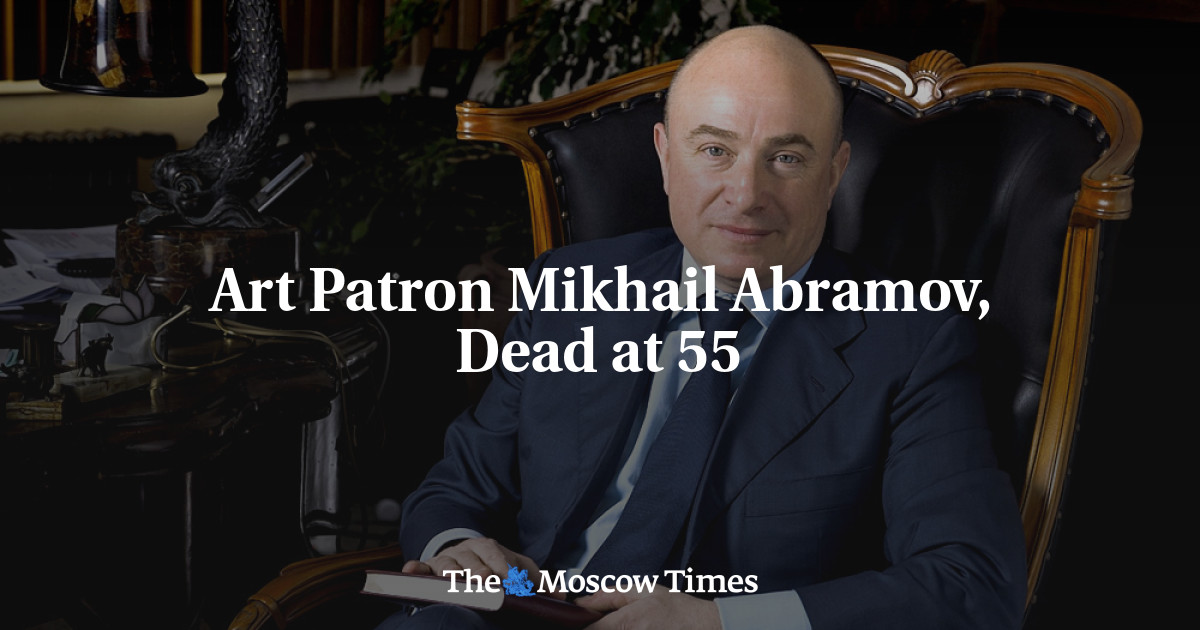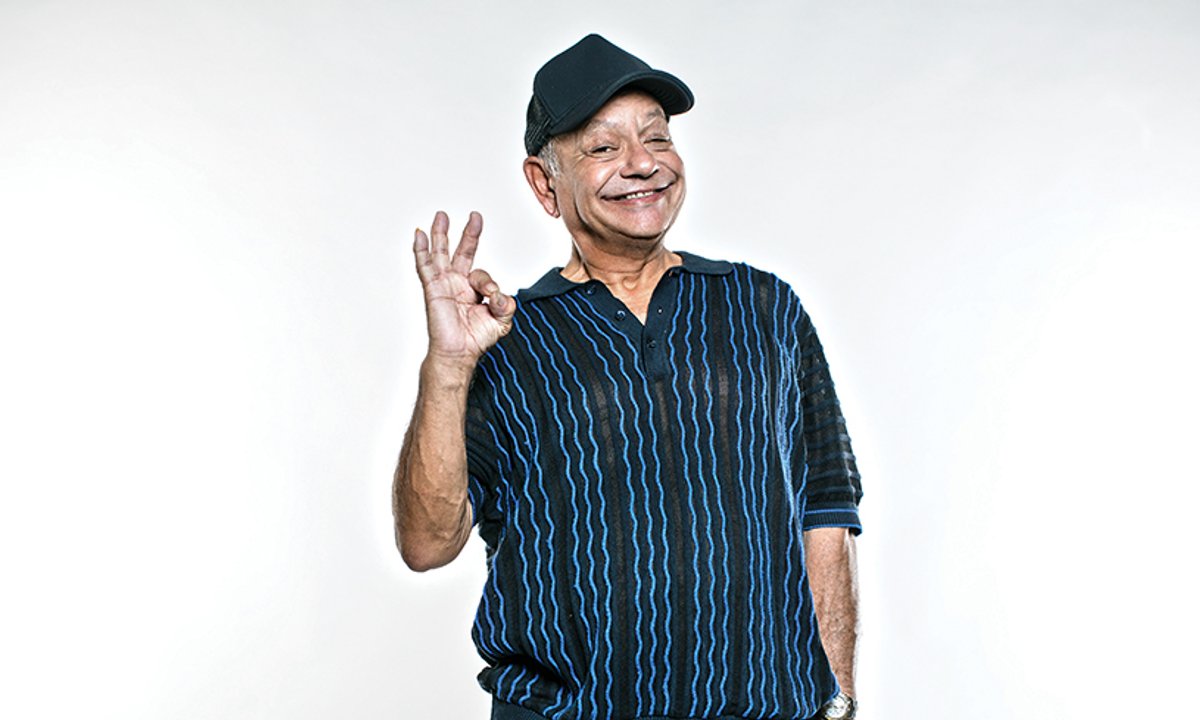White Piece #0126
2011 - Painting (Painting)
64.3H x 47.8W cm
Tun Win Aung and Wah Nu
Tun Win Aung and Wah Nu initiated the series 1000 Pieces (of White) in 2009, as a way to produce objects and images as a portrait of their shared life as partners and collaborators. Interweaving public and private, personal anecdote and pop cultural appropriation, their work attests to the poetry of the everyday. In addition to found and original materials, the artists have occasionally incorporated drawings and sketches by artist friends, and even by their own daughter into the ongoing work. They selectively whitewash the surfaces to visually link the series’ disparate elements. The gesture isolates or obscures certain details, evoking the passage of time and the fading of memory. Some components address history and politics; others appear more whimsical and intimate. The collage drawings capture the intersection of shared and individual histories, the transformation of public information into private knowledge. The images of White Piece #0126 are from the newspaper propaganda that supported the Burma Socialist Program Party (BSPP)’s very first congress in 1971. The three hands at the bottom represent the three classes, always addressed as ‘The People’ by the Socialist Government. The objects held in the gripping hands include a sickle, pickaxe, and brush and pen and represent farmer, laborer, and white-collar worker. The figures of people at the background appear to support the Socialist Program Party, the Socialist Government, and the Army. When the artists made this work, they included the sun-like-logo with rays, which was the logo of the party and which referenced its good time. Light blue was the color of the Myanmar socialist era, and was the color that represented the party, as well. The artists were familiar with the color throughout their childhood. They wrote that whenever we see this color they miss their childhood, but with a fright.
Wah Nu and Tun Win Aung, respectively born in 1977 and 1975, Yangon, Myanmar. Live and work Yangon. Wah Nu and Tun Win graduated from the University of Culture, Yangon, in 1998, Wah Nu with a BA in traditional Burmese music, Tun Win Aung with a BA in sculpture. After completing her studies, Wah Nu turned to painting and video, while Tun Win Aung extended his practice to performance, multimedia work, and painting. He has also created several site-specific outdoor installations, often involving Myanmar’s landscape.
Colors:
Related works sharing similar palette

© » KADIST
Kelly Sinnapah Mary
2021Notebook 10 , l ‘enfance de sanbras (The Childhood of Sanbras) series by Kelly Sinnapah Mary is a sequel to an earlier series by the artist titled Cahier d’un non retour au pays natal (2015)...
![He Acquired my Work.., [Artoons, 2008–2022 series]](https://kadist.org/wp-content/uploads/2023/09/he-acquired-my-work-2048x1911-1.jpg)
© » KADIST
Pablo Helguera
A sly sense of humor is key in Pablo Helguera’s long-running Artoons series, one that includes ~1500 drawings made over ten years...

© » KADIST
Julio Cesar Morales
2006Julio Cesar Morales’s watercolor drawings, Undocumented Intervention , show a variety of surprising hiding places assumed by people trying to cross into the United States without documentation...

© » SLASH PARIS
Sophie Blet — Pas tout à fait vides, peut-être juste impossibles — L'ahah Moret — Exhibition — Slash Paris Login Newsletter Twitter Facebook Sophie Blet — Pas tout à fait vides, peut-être juste impossibles — L'ahah Moret — Exhibition — Slash Paris English Français Home Events Artists Venues Magazine Videos Back Sophie Blet — Pas tout à fait vides, peut-être juste impossibles Exhibition Drawing, installation, photography, video Upcoming Sophie Blet, dissoudre — coaguler (détail), 2021 © Sophie Blet / Adagp, Paris, 2023 Sophie Blet Pas tout à fait vides, peut-être juste impossibles In 5 months: April 27 → May 18, 2024 commissariat : Diane Der Markarian vernissage le 27.04.24, 17h-21h exposition du 27.04 → 18.05.2024 L’ahah #Moret 24-26, rue Moret, 75011 Paris L’ahah est heureuse de soutenir et de présenter le projet de recherche et d’exposition réunissant la commissaire d’exposition et critique d’art Diane Der Markarian et l’artiste Sophie Blet : Pas tout à fait vides, peut-être juste impossibles...

© » LITHUB
How Ai Weiwei Marries Advocacy and Art at Home and Abroad ‹ Literary Hub Craft and Criticism Fiction and Poetry News and Culture Lit Hub Radio Reading Lists Book Marks CrimeReads About Log In Literary Hub Craft and Criticism Literary Criticism Craft and Advice In Conversation On Translation Fiction and Poetry Short Story From the Novel Poem News and Culture History Science Politics Biography Memoir Food Technology Bookstores and Libraries Film and TV Travel Music Art and Photography The Hub Style Design Sports Freeman’s The Virtual Book Channel Lit Hub Radio Behind the Mic Beyond the Page The Cosmic Library The Critic and Her Publics Emergence Magazine Fiction/Non/Fiction First Draft: A Dialogue on Writing Future Fables The History of Literature I’m a Writer But Just the Right Book Keen On The Literary Life with Mitchell Kaplan New Books Network Read Smart Talk Easy Tor Presents: Voyage Into Genre Windham-Campbell Prizes Podcast Write-minded Reading Lists The Best of the Decade Book Marks Best Reviewed Books BookMarks Daily Giveaway CrimeReads True Crime The Daily Thrill CrimeReads Daily Giveaway Log In How Ai Weiwei Marries Advocacy and Art at Home and Abroad From His Graphic Memoir, "Zodiac" Via Ten Speed Press By Ai Weiwei, Elettra Stamboulis and Gianluca Costantini January 30, 2024 The following is from Zodiac: A Graphic Memoir by Ai Weiwei with Elettra Stamboulis, illustrated by Gianluca Constantini...

© » HYPERALLERGIC
Hyperallergic Art Crossword: Spring 2024 NY Art Guide Edition Skip to content From lines of light to points of reflection, from sculpture gardens to archipelagos, try your hand at this crossword with a special focus on New York City shows — many of which are included in our Spring 2024 NY Art Guide ...

© » SLASH PARIS
Biennale de Lyon — 2024 — Usines Fagor — Exhibition — Slash Paris Login Newsletter Twitter Facebook Biennale de Lyon — 2024 — Usines Fagor — Exhibition — Slash Paris English Français Home Events Artists Venues Magazine Videos Back Biennale de Lyon — 2024 Exhibition Mixed media Upcoming © Biennale de Lyon 2024 Biennale de Lyon 2024 In over 1 year: September 1, 2024 → January 1, 2025 (Dates provisoires) Créée en 1991, la Biennale de Lyon est l’une des plus importantes biennales d’art contemporain au plan international et la première manifestation artistique d’envergure au plan national...

© » KADIST
Jinoos Taghizadeh
2008Letter I Never Wrote is one of the most powerful series of Jinoos Taghizadeh...

© » SLASH PARIS
Sophie Blet — Pas tout à fait vides, peut-être juste impossibles — L'ahah Moret — Exposition — Slash Paris Connexion Newsletter Twitter Facebook Sophie Blet — Pas tout à fait vides, peut-être juste impossibles — L'ahah Moret — Exposition — Slash Paris Français English Accueil Événements Artistes Lieux Magazine Vidéos Retour Sophie Blet — Pas tout à fait vides, peut-être juste impossibles Exposition Dessin, installations, photographie, vidéo À venir Sophie Blet, dissoudre — coaguler (détail), 2021 © Sophie Blet / Adagp, Paris, 2023 Sophie Blet Pas tout à fait vides, peut-être juste impossibles Dans 5 mois : 27 avril → 18 mai 2024 commissariat : Diane Der Markarian vernissage le 27.04.24, 17h-21h exposition du 27.04 → 18.05.2024 L’ahah #Moret 24-26, rue Moret, 75011 Paris L’ahah est heureuse de soutenir et de présenter le projet de recherche et d’exposition réunissant la commissaire d’exposition et critique d’art Diane Der Markarian et l’artiste Sophie Blet : Pas tout à fait vides, peut-être juste impossibles...











